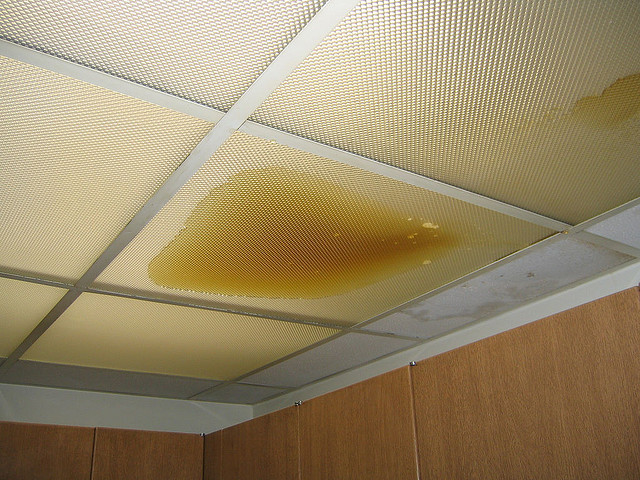6 Ways to Find Concealed Water Leakages in Your Home
6 Ways to Find Concealed Water Leakages in Your Home
Blog Article
We've stumbled on this article on Hacks to detect leaks listed below on the net and think it made perfect sense to talk about it with you in this article.

Early discovery of dripping water lines can minimize a possible calamity. Apart from saving you cash, it will certainly lessen the aggravation and also frustration. The minute you locate a leakage, calling your plumber for repair services is the very best option. Some small water leaks may not be noticeable. If you can not identify it with your nude eyes, right here are some hacks that help.
1. Analyze the Water Meter
Checking it is a guaranteed way that assists you uncover leaks. If it relocates, that indicates a fast-moving leak. This suggests you may have a slow-moving leakage that might even be below ground.
2. Check Water Usage
If you detect unexpected changes, in spite of your intake being the very same, it implies that you have leakages in your plumbing system. A sudden spike in your expense shows a fast-moving leakage.
At the same time, a steady rise every month, despite the exact same behaviors, reveals you have a slow leakage that's likewise gradually intensifying. Call a plumber to thoroughly inspect your property, particularly if you feel a warm area on your floor with piping underneath.
3. Do a Food Coloring Examination
When it comes to water consumption, 30% originates from commodes. Examination to see if they are running properly. Drop specks of food shade in the container and also wait 10 mins. There's a leak between the container and dish if the shade somehow infiltrates your bowl throughout that time without flushing.
4. Asses Exterior Lines
Do not neglect to check your exterior water lines too. Needs to water seep out of the link, you have a loose rubber gasket. One small leak can lose lots of water and surge your water costs.
5. Analyze the circumstance and check
Homeowners must make it a behavior to check under the sink counters and also also inside cabinets for any type of bad odor or mold and mildew growth. These two red flags show a leakage so prompt interest is called for. Doing regular evaluations, also bi-annually, can conserve you from a significant problem.
A lot more notably, if you know your home is currently old, keep a watchful eye on your heating systems, tubes, pipes etc. Check for stainings and also damaging as many devices and also pipelines have a life expectancy. They will certainly additionally normally deteriorate due to tear and use. Do not wait for it to intensify if you presume dripping water lines in your plumbing system. Call a specialist plumber right away so you do not wind up with a dreadful mess in your house.
Early detection of dripping water lines can minimize a prospective disaster. Some tiny water leakages might not be visible. Checking it is a surefire means that aids you find leaks. One little leakage can squander loads of water and increase your water expense.
If you think dripping water lines in your plumbing system, do not wait for it to escalate.
WARNING SIGNS OF WATER LEAKAGE BEHIND THE WALL
PERSISTENT MUSTY ODORS
As water slowly drips from a leaky pipe inside the wall, flooring and sheetrock stay damp and develop an odor similar to wet cardboard. It generates a musty smell that can help you find hidden leaks.
MOLD IN UNUSUAL AREAS
Mold usually grows in wet areas like kitchens, baths and laundry rooms. If you spot the stuff on walls or baseboards in other rooms of the house, it’s a good indicator of undetected water leaks.
STAINS THAT GROW
When mold thrives around a leaky pipe, it sometimes takes hold on the inside surface of the affected wall. A growing stain on otherwise clean sheetrock is often your sign of a hidden plumbing problem.
PEELING OR BUBBLING WALLPAPER / PAINT
This clue is easy to miss in rooms that don’t get much use. When you see wallpaper separating along seams or paint bubbling or flaking off the wall, blame sheetrock that stays wet because of an undetected leak.
BUCKLED CEILINGS AND STAINED FLOORS
If ceilings or floors in bathrooms, kitchens or laundry areas develop structural problems, don’t rule out constant damp inside the walls. Wet sheetrock can affect adjacent framing, flooring and ceilings.
https://www.servicemasterbyzaba.com/blog/how-to-detect-water-leakage-in-walls/

I am just very taken with Locating water leaks and I'm hoping you enjoyed the entire article. Please take the opportunity to distribute this blog posting if you enjoyed reading it. Thanks for taking the time to read it.
Report this page